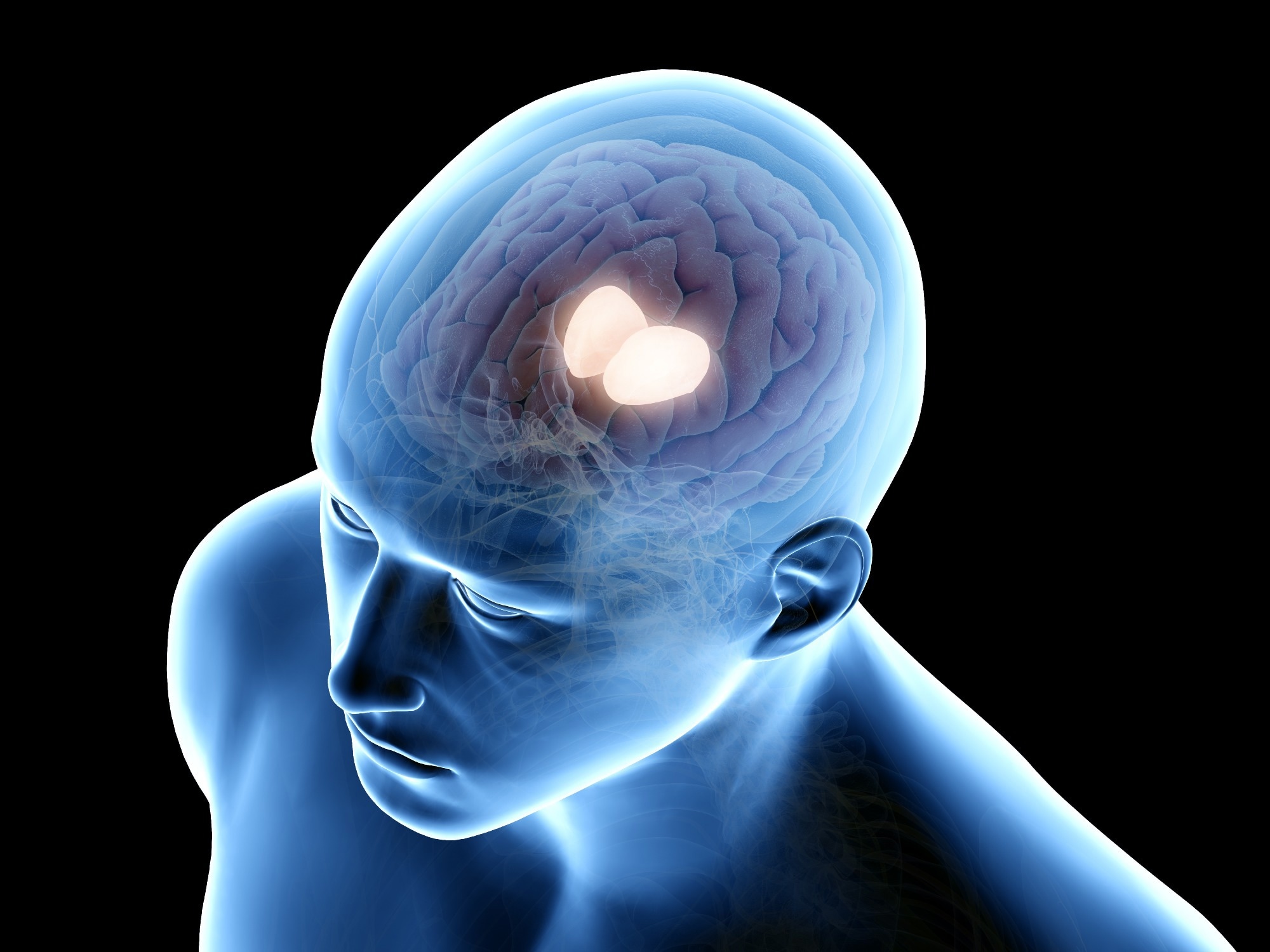Studies indicate that executive function and information-processing speed deficits among msTBI patients hinder the quality of life and social re-entry, with the CL thalamic nuclei being a crucial node. There is currently no effective treatment for these abnormalities, with the 'mesocircuit theory' pointing to CL underactivation as a contributor.
 Study: Thalamic deep brain stimulation in traumatic brain injury: a phase 1, randomized feasibility study. Image Credit: SciePro / Shutterstock
Study: Thalamic deep brain stimulation in traumatic brain injury: a phase 1, randomized feasibility study. Image Credit: SciePro / Shutterstock
About the study
In the present phase 1 randomized feasibility study, researchers evaluated CL DBI efficacy and safety among humans with chronic traumatic brain injury-associated disabilities, impacting daily functioning and employability.
The study objective was to use thalamic DBS electrodes to create a therapy for persistent cognitive impairments in msTBI patients. The lateral section of the central lateral nucleus of the thalami and its accompanying DTTm fiber bundle were selected as stimulation targets. They performed biophysical modeling to direct virtual brain stimulation electrodes in each individual's CL/DTTm bundle depending on stimulation amplitudes and location. The researchers investigated the safety and effectiveness of thalamic DBS in treating cognitive impairments.
The trial included individuals with msTBI [Glasgow Coma Scale (GCS) scores of 3 to 12], functional disability, and cognitive impairments (GOS-E scores of 5 to 7). The team received 419 requests about the experiment and assessed 15 individuals for eligibility. Six individuals were registered and randomly allocated from August 2018 to May 2021. The team excluded nine ineligible individuals, leaving six individuals, four males and two females with TBI histories, for analysis.
The researchers randomized participants to either of three baseline situations lasting 30 days, 44 days, or 58 days post-surgery. Participants were double-blinded following the phase of titration, a 90-day open-label therapy period, and 21-day therapy continuation or withdrawal conditions to reduce the participant and examiner bias effect on the final result evaluation. The primary effectiveness outcome was an increase in executive control as measured by processing speed and at least a 10% decrease in the time required for completing the trail-making test-part B (TMT-B) from the baseline (presurgical) to the conclusion of the three-month treatment period.
The researchers conducted semi-structured interviews and performed post-hoc analysis to examine the consistency of electrode implantations inside the human CL/DTTm structure. They built a customized data processing pipeline, identifying CL neurons and the DTTm fiber bundle as the main structures for DBS activation to translate preclinical findings. A synthetic atlas was built to coordinate electrode placements among five individuals using white-matter-nulled magnetic resonance imaging (MRI), automated thalamic segmentation, DTI, and biophysical modeling of applied electric fields. The researchers evaluated evoked responses in the EEG to assess the consistency of physiological effects among individuals and compared their findings to those of two subgroups of msTBI patients.
Results
The six individuals had bilateral DBS leads without incident. Novel imaging and thalamic division procedures and biophysical estimation models enabled precise identification of the location of the participants' central lateral nuclei and DTTm fibers. Five patients completed all outcome evaluations and met the primary objective (threshold of 10% improvement from baseline to treatment phase end in TMT-B; mean improvement, 32%).
Two individuals reached the improvement criteria, two stayed steady, and one satisfied the decrease criterion for the secondary end goal, change in TBIQoL-fatigue. Four study participants (mean, 33%) showed >10% improvement. All five subjects showed better TMT-A scores for visual search speed, which might be related to frontostriatal functions and the speed of data processing. The Ruff 2&7 exam, which measures selective attention in timed situations, revealed significant gains among the four subjects who finished the test.
Two individuals advanced to the upper-moderate from the lower GOS-E disability category. The functional conditions of the remaining three individuals remained steady. The team assessed TMT-B scores at two intervals (post-surgery and at treatment initiation), preceded by DBS exposure. Three of the five individuals voluntarily participated in the randomized blind withdrawal phase. Only one subject randomly allocated to the OFF condition showed a 34% decrease in the TMT-B scores, indicating withdrawal effects.
Despite variations in atrophy, the study discovered similar targeting approaches for detecting fiber outflow from the lateral wing of CL into the DTTm across subjects. The temporal course and spatial localization of P4's hemispheres in the frontal brain were comparable, indicating that P4 received therapeutic stimulation in both hemispheres.
Overall, the study findings showed that deep brain stimulation (DBS) with CL/DTTm can improve executive control in patients with msTBI throughout the chronic recovery period. The results indicated that DBS enhanced executive function using primary and performative assessments and secondary measures addressing tiredness, psychological health, and global functioning. The targeting technique used in the study involved dense clustering of active electrode connections inside the synthetic atlas thalamus. However, some subjects had transitory sensory and other adverse effects.